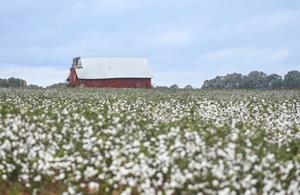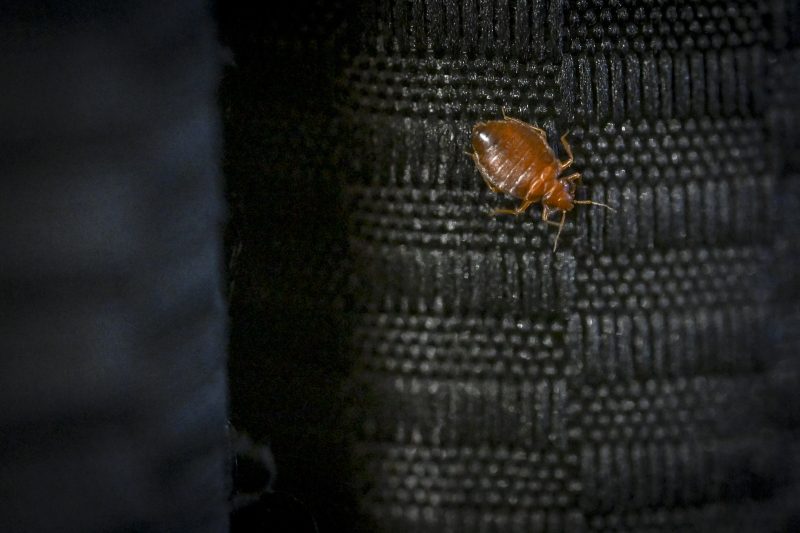Urgent Update: Cotton Prices Plunge as Farmers Brace for Impact

UPDATE: Cotton farmers in Alabama are facing a severe crisis as tariffs and low market prices threaten their livelihoods. Harvesting has just begun, but reports indicate that cotton prices are stagnating in the 68-cent range per pound, leaving farmers struggling to cover production costs.
Local farmer Greyson Lauderdale from Elkmont expressed his frustration, stating, “What we’re getting for our crops is below the cost of production.” He emphasizes that tariffs are hampering exports, with much of their cotton being shipped overseas after ginning, only to return as finished products.
Before the ongoing trade tensions with China, exports made up about 85% of the U.S. cotton market, but current conditions have significantly impacted sales. The U.S. remains the leading global exporter of cotton, with Vietnam and China as primary destinations. Both countries rely heavily on American cotton to manufacture apparel that is eventually imported back into the U.S.
According to Josh Lee, a cotton agronomist with the Auburn University Cooperative Extension Service, “The price is based off of global demand. The demand for cotton is lower at this moment.” He hopes that recent legislation, the One Big, Beautiful Bill (OBBB), will provide much-needed support. The OBBB Act allocates $65.5 billion to agricultural programs, enhancing safety nets for farmers.
“What I’m optimistic about is that it gives cotton growers better security,” said Lee, highlighting the legislation’s intent to stabilize prices and bolster domestic production.
The OBBB Act increases the Price Loss Coverage (PLC) reference price for cotton growers from approximately $41 per acre to roughly $127 per acre, offering crucial support in this financial downturn.
Despite the challenges, the cotton yield across Alabama is expected to be similar to last year, with farmers having planted between late April and mid-June due to excessive rainfall. Lee estimates that about 30% of the state’s cotton has already been harvested, though the quality remains uncertain.
Lauderdale, who planted 850 acres this season, anticipates harvesting in the coming weeks, stating, “I think you’re going to see some really good cotton this year and some really poor cotton.” He acknowledges that certain areas, particularly those that missed adequate rainfall, could face significant crop failures.
Billy Stickler, general manager of Limestone County’s only cotton gin, reports that their operation has already processed 1,900 bales as of last Friday. Stickler notes the harvest is “a little later than usual” due to the wet planting season, and he predicts that the overall yield will be down, as many farmers could not plant due to adverse weather conditions.
“We had a wet planting season, which put the harvest later than normal,” Stickler explained. He remains cautious about the quality of this year’s crop, indicating early grades have not yet confirmed expectations.
As these developments unfold, the impact of tariffs and fluctuating prices on the cotton industry remains a critical issue for farmers and businesses alike. Stakeholders are urged to stay informed as the situation evolves, especially with the OBBB Act aiming to provide some relief in these trying times.
Farmers are watching closely as the harvest continues and the effects of the new legislation are assessed. The urgency for better market conditions is palpable, making it essential for all involved to remain vigilant and proactive.






